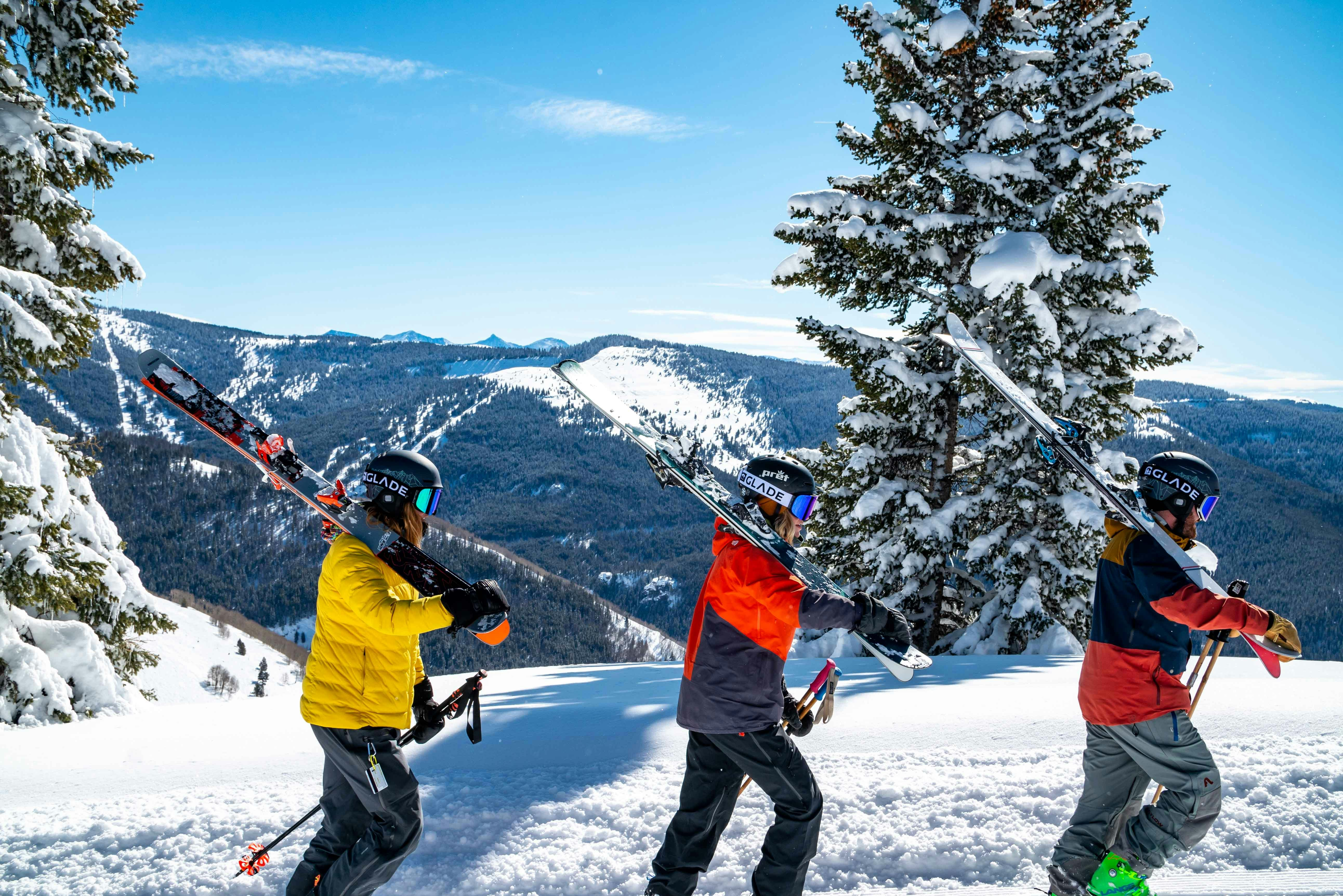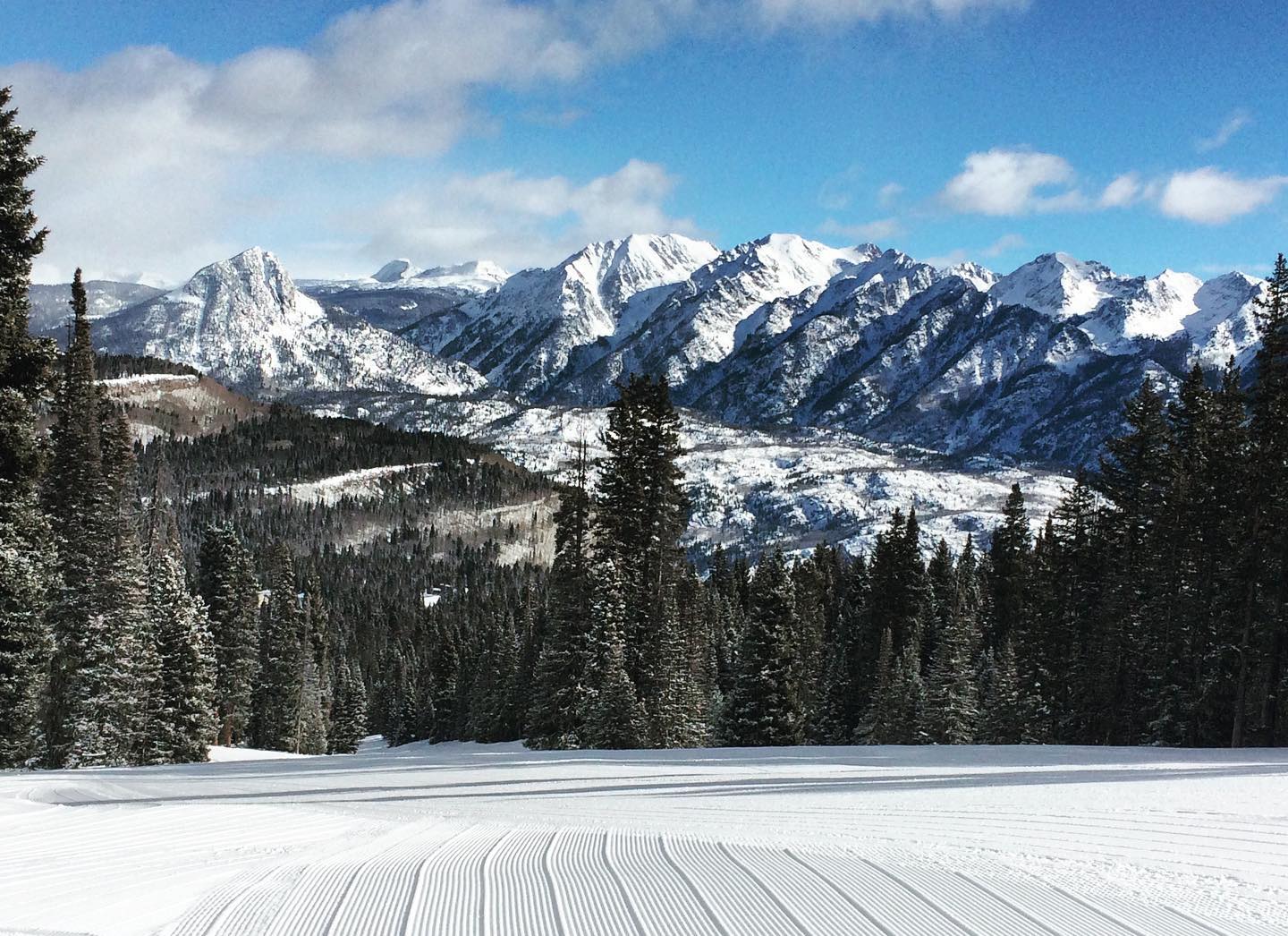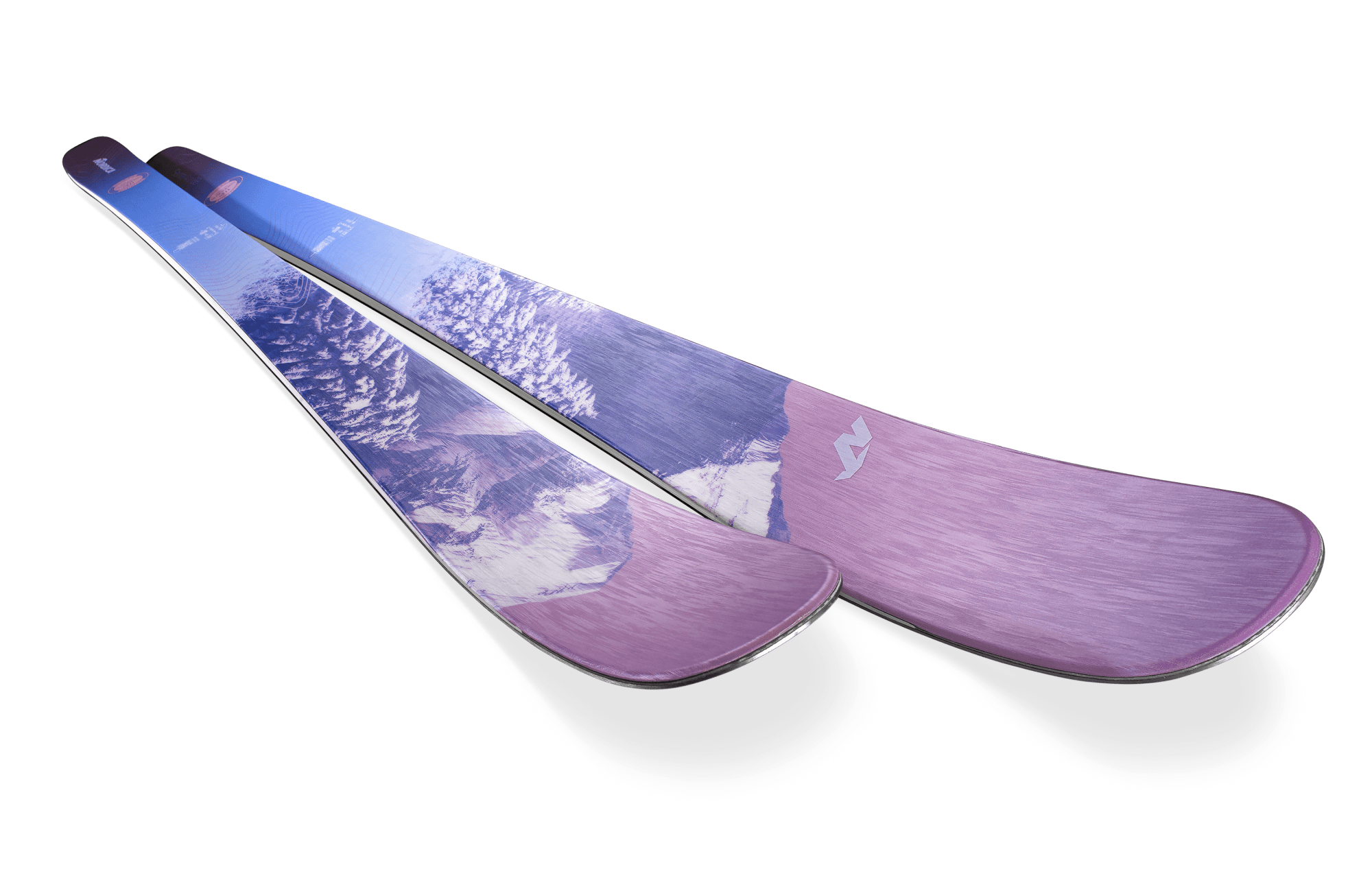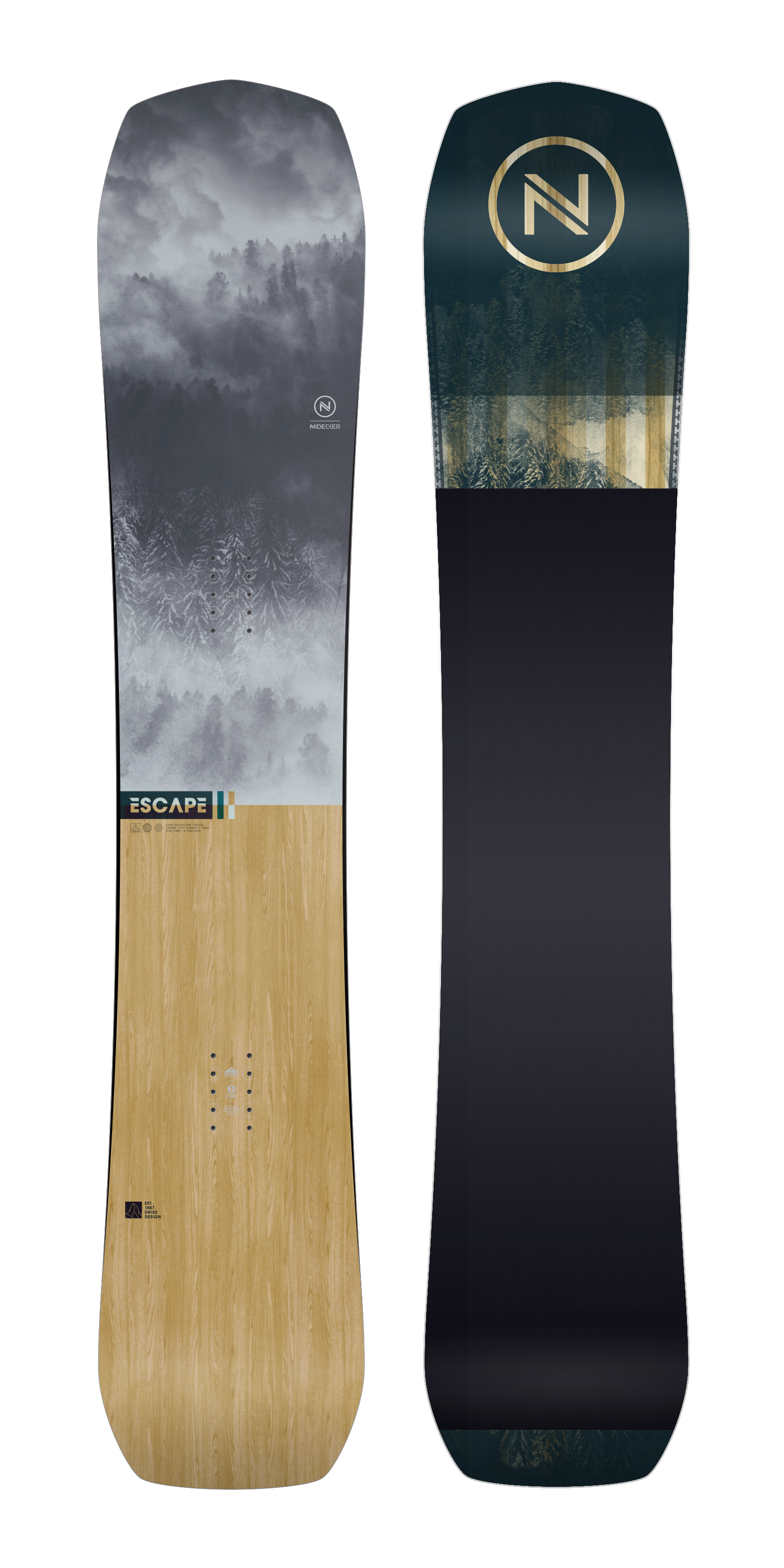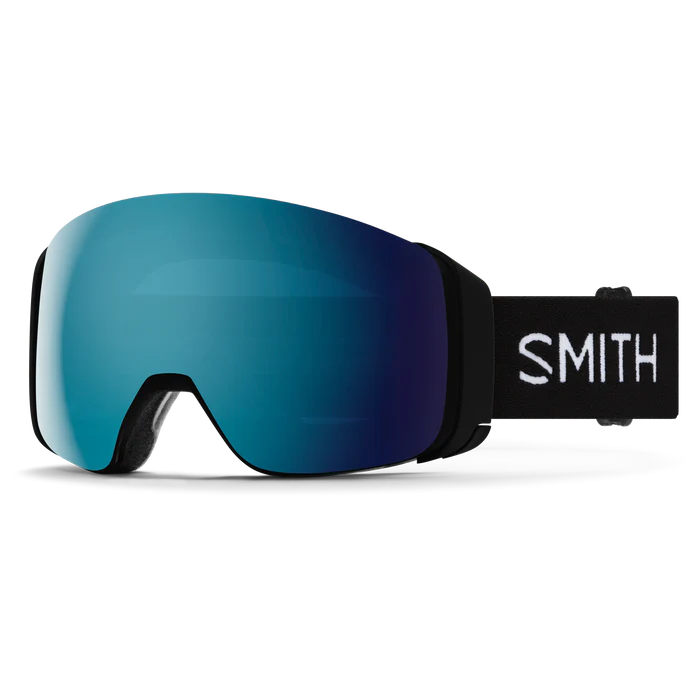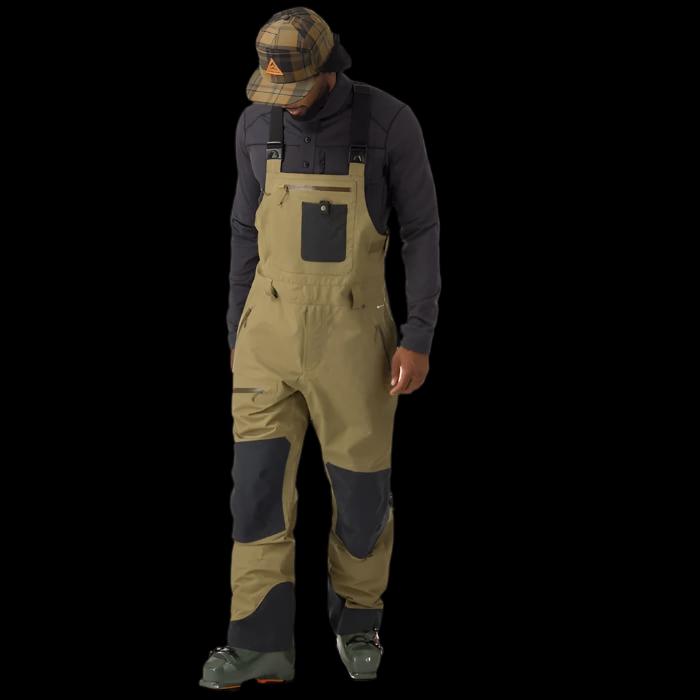How Different Snow Conditions Affect Skiing and Snowboarding
For skiers and snowboarders, snow conditions are crucial in shaping their experience on the slopes—and having the right gear, such as ski helmets, can make a significant difference. The texture, moisture content, and temperature of snow can drastically alter how equipment performs and how riders navigate their runs. Whether you’re enjoying fresh powder, battling through slush, or trying to stay upright on icy patches, understanding the various conditions and how they impact performance can enhance your winter sports experience. The following article explores how different weather conditions, such as powder, slush, and ice, influence skiing and snowboarding while offering tips for handling each type of terrain and making the most of your equipment.
Powder Snow: The Ultimate Playground
Powder snow is often seen as the holy grail for both skiers and snowboarders. Fresh, light, and fluffy, powder snow is usually made up of small, dry snowflakes that have not yet compacted. It’s typically found after a recent snowstorm and can make for an exhilarating and almost weightless ride. For many, it’s what dreams are made of.
Impact on Skiing and Snowboarding
The primary difference between powder and other types of snow is the level of friction. Since powder snow is light and fluffy, it offers very little resistance, which can make turns smoother and more effortless. However, powder can be challenging for beginners, as it requires a slightly different technique. In powder, skiers and snowboarders need to adjust their stance, keeping their weight centered and slightly back to stay on top of the snow. Without proper technique, it’s easy to sink into the snow, causing a “plowing” effect that can slow you down.
Tips for Handling Powder
Skiers: Lean back slightly and keep your weight centered over your skis. Use wider skis for better floatation in deep powder.
Snowboarders: Keep your weight evenly distributed between your front and back foot, and consider using a larger, stiffer board designed for powder riding.
Be prepared for slower speeds, but enjoy the smooth, flowing ride.
Slush: Slippery and Sloppy Conditions
Slush is often encountered in spring skiing or in areas with warm temperatures that cause snow to melt during the day and refreeze overnight. It consists of wet, heavy snow with a high moisture content that can feel like skiing or snowboarding through a thick, slushy soup.
The Impact of Slush
Slush can present a challenging and often frustrating experience. The snow is heavier, creating more drag, which slows down skiers and snowboarders significantly. It’s especially noticeable on steeper slopes, where the slush can cause riders to sink deeper into the snow. The heavier nature of slush requires more effort to maintain control, and the snow may not support skiers and snowboarders as well, causing them to lose their balance more easily. In addition, slush can create a wet, messy experience, leading to potential equipment issues such as clogged bindings or wet gear.
Tips for Handling Slush
Skiers: Use wider skis to help stay on top of the slush. Focus on short, controlled turns, and keep your knees bent to absorb the slush’s extra weight.
Snowboarders: Choose a softer flex board to better handle the extra resistance of slushy conditions. Stay light on your feet and make gradual, wide turns.
Stay patient, as slush conditions can make for a slower, less enjoyable ride but offer a different challenge that many riders embrace.
Ice: A Skier’s Nightmare, A Snowboarder’s Challenge
Ice is one of the most difficult snow conditions to deal with, and it’s often the result of fluctuating temperatures that cause snow to freeze and harden. Ice can form when snow melts slightly during the day and then refreezes at night, creating hard, slick surfaces that are difficult to navigate. Ice patches can appear anywhere, from the edges of ski runs to the middle of the trail, and they’re known for their danger, particularly for skiers and snowboarders who are less experienced.

How to Handle Ice
Ice presents a serious challenge because the hard, slick surface makes it nearly impossible to carve or turn in the way you would on softer snow. Skis or snowboard edges will often slide instead of grip, making it hard to maintain control. This lack of grip increases the risk of falls, especially on steeper slopes. For skiers, turning and carving on ice requires extra precision and the right technique to avoid slipping. For snowboarders, icy conditions can make it difficult to maintain balance on turns and control speed.
Tips
Skiers: Use skis with sharp edges to help grip the ice. Make wide, controlled turns and avoid sudden movements. If possible, choose trails that are less icy.
Snowboarders: Keep your knees slightly bent to absorb vibrations from icy patches. Keep your weight centered and try to stay on your edges as much as possible.
Be cautious and stay alert for icy patches, especially at the beginning or end of the day when the snow is more likely to freeze overnight.
Heavy Wet Snow: Slower and More Challenging
Heavy wet snow is usually found in warmer winter conditions and can make for a sluggish ride. It’s the type of snow that falls when temperatures are near freezing, resulting in wet, dense snow that sticks together. This type of snow is especially common at lower elevations or when there’s a mixture of rain and snow.
Heavy wet snow is slow and sticky, creating additional drag on your equipment. Unlike powder, it’s dense and compact, which requires more energy to push through. Skis and snowboards can sink into the wet snow, which reduces speed and can make it harder to control your movements. The extra weight of the snow can also make it more difficult to maintain balance.
Tips for Handling These Conditions
Skiers: Use skis with a larger surface area to help distribute your weight more evenly over the snow. Keep your turns smooth and avoid sharp, quick movements.
Snowboarders: Ride with a more centered stance, and make wider turns to maintain control. A stiffer, all-mountain board will work better in these conditions.
Conclusion
Snow conditions play a crucial role in shaping your skiing or snowboarding experience. Whether you’re riding in fresh powder, battling through slush, gliding on icy terrain, or pushing through wet snow, each type of snow requires a different approach. Understanding how snow conditions affect your equipment and your performance on the slopes will help you prepare for the challenges of the day and ensure a safer, more enjoyable experience.
By adjusting your technique, choosing the right equipment, and staying adaptable, you can tackle a wide range of snow conditions with confidence. So next time you hit the slopes, pay attention to the snow underfoot, and embrace whatever conditions nature has to offer—you’ll be ready for anything.
These variations highlight the importance of preparation and adaptability to maximize the experience for skiers and snowboarders while also acknowledging the broader implications of changing snow patterns on the winter sports industry.
